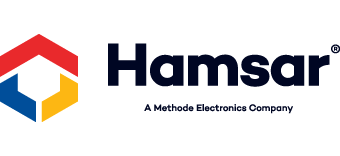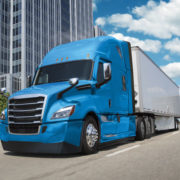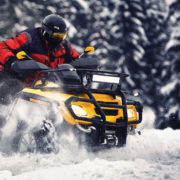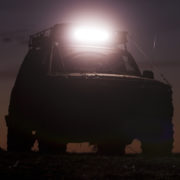Choosing LED Lighting for Your Light Duty or Heavy Duty Trucks
Choosing LED Lighting for Your Light Duty or Heavy Duty Trucks
When considering LED lighting for your truck or fleet of trucks, start with the type of truck you are operating. A light duty truck will have completely different lighting requirements than a heavy duty truck in most cases. Start here with our guide on the LED lighting differences between light duty and heavy duty trucks.
Light Duty Trucks and LED Lighting
Light duty trucks are used primarily for recreation, transportation, and light duty hauls. A light duty truck includes all trucks in the Class and Class 2a, as well as some Class 2b trucks. Popular Class 1 trucks include Ford Ranger and Toyota Tacoma. With these types of trucks, you need certain types of lighting, as well as lighting electronics, such as 12V multi-socket vehicle accessories or a timer module.
LED lights for light duty trucks are far more extensive than just headlights and tail lamps. You also have LED fog lights, LED headlights, light bars, strobe beacons, and back up alarms–all of which can be used to increase visibility and safety for your trucks. Ensure your light duty truck is fully visible especially when in close proximity to pedestrians with proper LED lights by Hamsar.
Heavy Duty Trucks With LED Lights
In terms of LED lights, a heavy duty truck has an entirely different need for lighting, especially in the commercial sector. You are more focused on safety and durability rather than style and design. After all, your bottom line depends on you getting the most out of your purchase of LED lighting for your heavy duty trucks.
If you aren’t sure if you have a heavy duty truck, here’s a primer. A heavy duty truck consists of Class 7 and Class 8 trucks also referred to as tractors or semi-trailer trucks. Here you have Freightliner Cascadia, Kenworth T680, Peterbilt 389, and the Orange EV T-Series Electric truck, for example.
The type of lighting available for heavy duty trucks includes LED lights for the truck body and a heavy duty trailer that the truck is pulling. You need to account for adding lights for safety and illumination to the interior and exterior of the truck body. You also need to account for the LED lighting you need for the exterior of the heavy duty trailer.
FMCSA Truck and Trailer Lighting Regulations
There are also Federal Motor Carrier Safety Administration (FMCSA) regulations that determine legally what kind of lighting you need. For example, the use of amber tail lamps are prohibited for truck and trailer lighting. Take a look at the Federal Regulations Title 49 on Transportation. Here Subpart B for Lamps, Reflective Devices, and Electrical Wiring covers:
- Types of lamps required, such as headlamps, identification lamps, clearance lamps, and license plate lamps
- Number of lights required
- Color of lights, such as white, red, or amber
- The location for lighting on trucks, as well as the position and height
- Type of vehicles lights requiring certain types of lights
Types of LED Lighting for Heavy Truck
Take a look at examples of the LED lighting you can use just for accessory lighting in a truck. The list is quite extensive:
- Accent lighting
- Ambient lighting
- Footwell lighting
- General cabin lighting
- Storage compartment lighting
- Task lighting
- Warning lighting
- Forward and rear lighting
You also have LED work lights, LED light bars, and LED warning lights, as well as LED bulbs for forward lighting. For heavy duty truck drivers, there are certain situations where additional lighting is needed on the fly.
The most common situation is when hauling one-off oversized loads. If an OTR truck driver is taking an oversized load, one of the requirements can be to increase rear lighting for safety and visibility. Have a roll of LED flex-strip lights and a set of LED courtesy utility lights in your trucks ready to go. This way your drivers can pick up these oversized loads more efficiently and continue moving the freight for your company.
Choose LED for Light and Heavy Duty Truck Lights
To transform the illumination on your light duty and heavy duty trucks, choose the leaders in LED lights at Hamsar. Contact our representatives at 1-800-567-5483 to request a product catalogue or additional information about lighting for your trucks.






